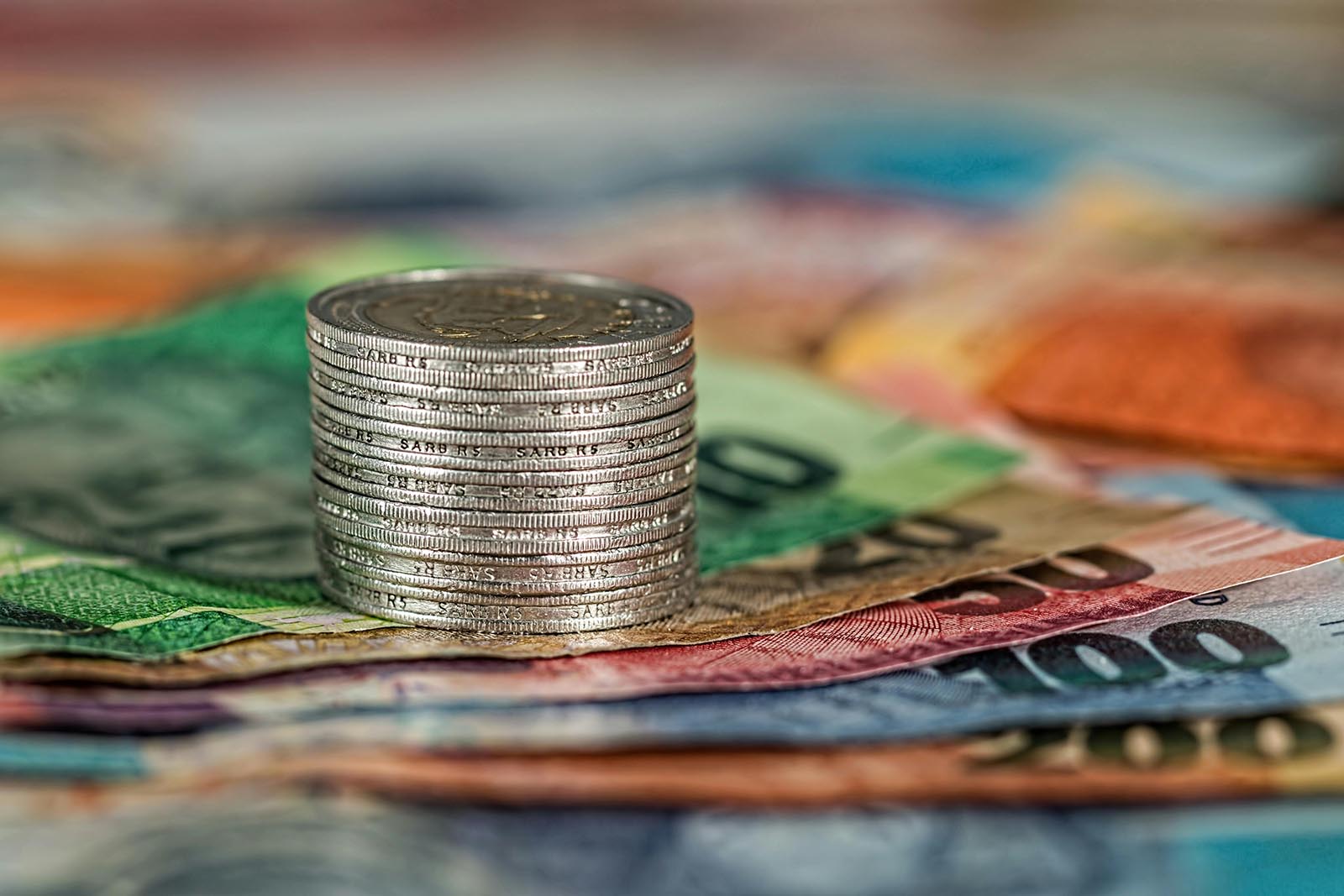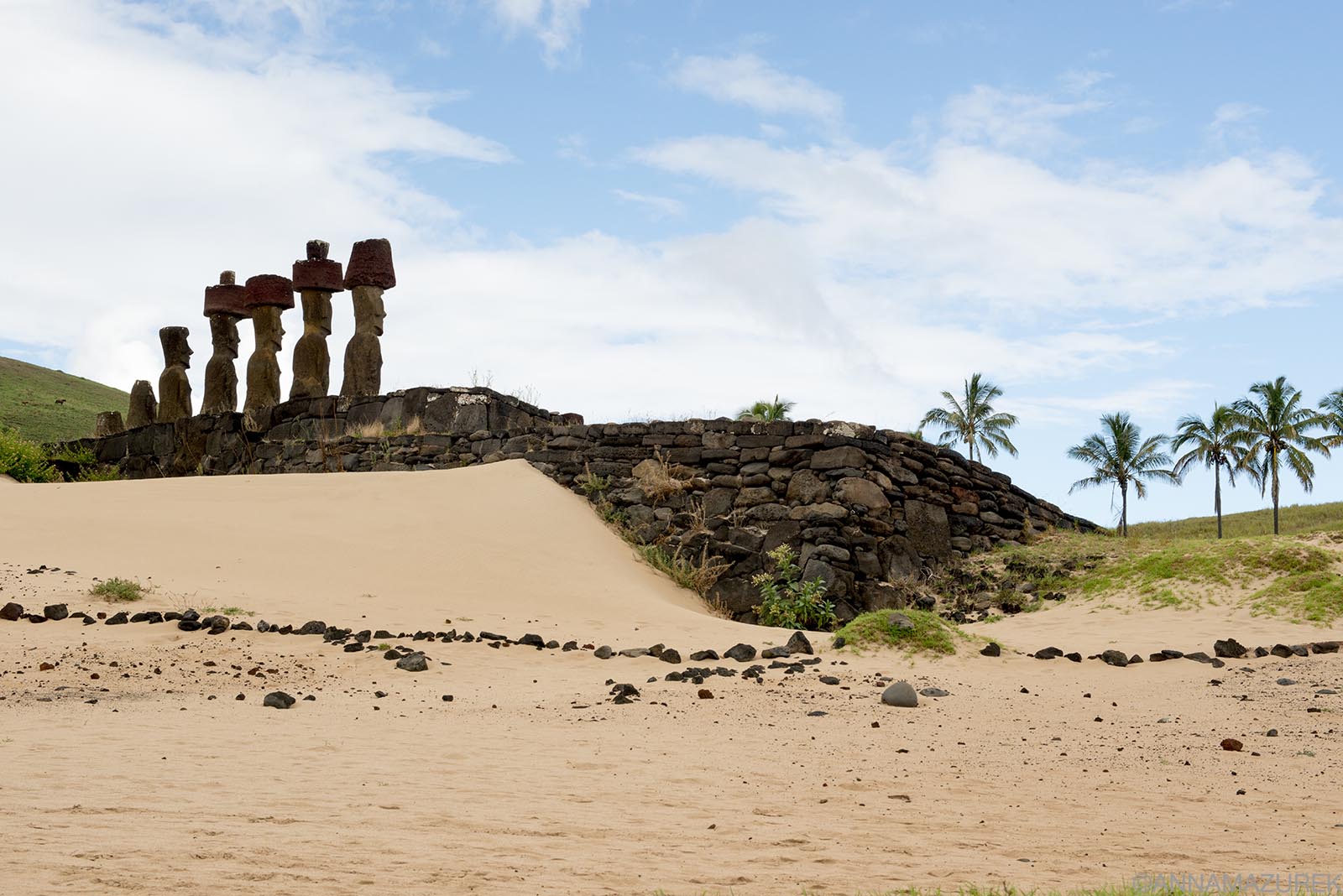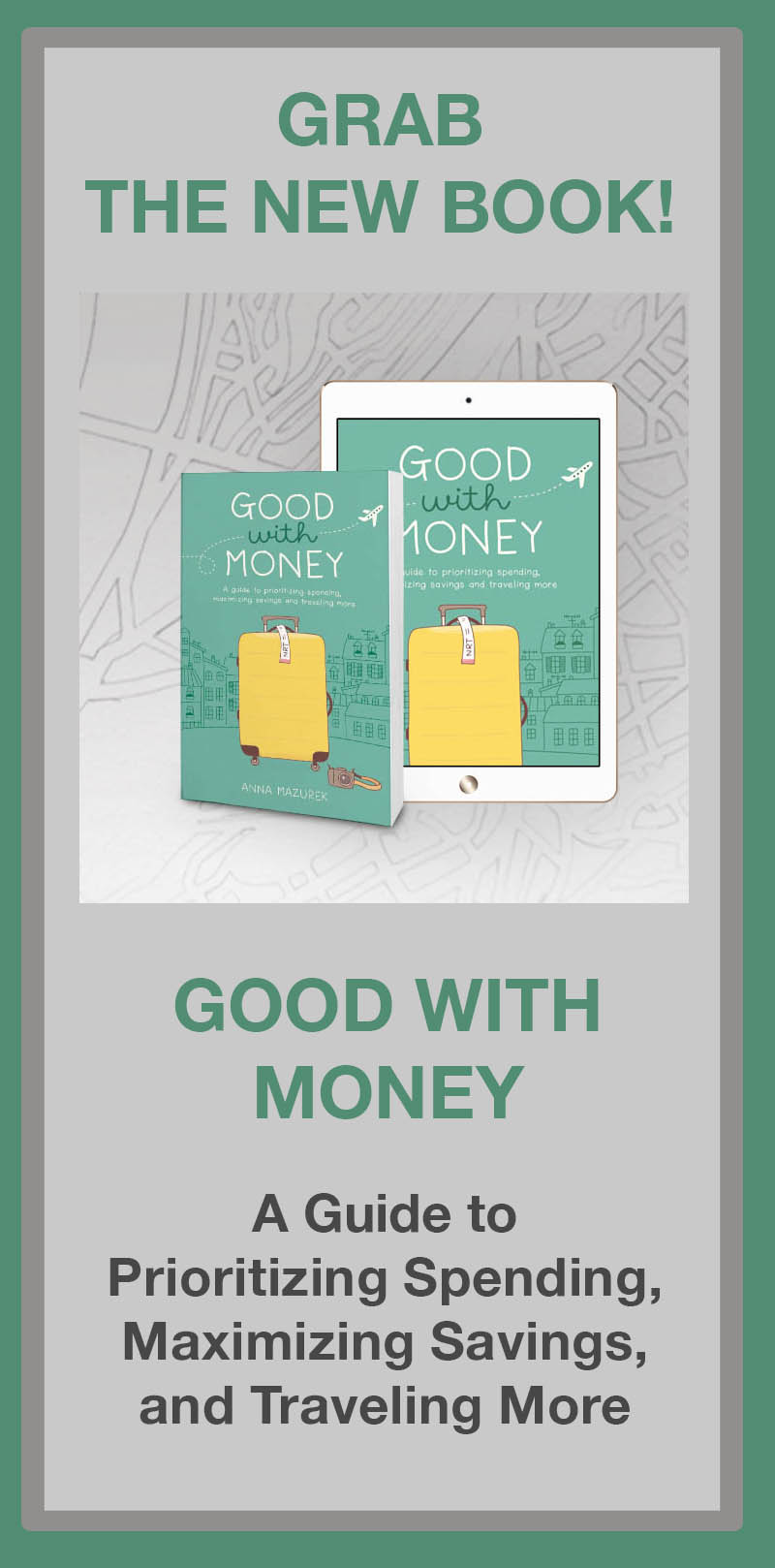 While the train along the famed wine region on the banks of the Douro River in Pinhão, Portugal, is a must-do attraction, be sure to avoid the hefty Portuguese ATM fees.
While the train along the famed wine region on the banks of the Douro River in Pinhão, Portugal, is a must-do attraction, be sure to avoid the hefty Portuguese ATM fees.
Thirteen percent—that’s how much an ATM in Lamego, Portugal was trying to charge me to convert my cash withdrawal from EUR to USD. While I declined the option as I always do, it was very clear that the easiest way to save money while traveling is simply having the right kind of bank accounts and avoiding hidden fees. Whether you’re traveling to Vietnam or Argentina, here is how to avoid ATM fees, foreign transaction fees and dynamic currency conversion.
While I use affiliate links in some blog posts, there are no affiliate links in this post. I don’t have any affiliation with any of the brands or banks mentioned in this post. I’m simply sharing my favorite cards and resources.
Common Travel Banking Fees
Here are the three most common fees that add up when using a debit or credit card abroad.
1. Foreign Transaction Fees
Most banks and credit cards charge a small fee to convert the currency, ranging from one to three percent.
2. ATM fees
Banks will also charge you a fee for using a non-partner ATM domestically and abroad. Plus, the ATM you use will most likely charge you a fee as well. That can be as much as $15 per ATM withdrawal, so be careful!
3. Dynamic Currency Conversion
It’s common practice for many restaurants and shops to provide the option of paying in the local currency or your home currency. Always choose the local currency to avoid outrageous fees. There’s usually a 3-5% fee. ATMs are starting to offer this service, and I’ve seen fees as high as 13% as mentioned above! While this is usually clearly stated on the screen, make sure to decline.
How to Avoid ATM & Foreign Transaction Fees When Traveling
 One of the easiest ways to save money on a trip abroad is to have a fee-free bank account and credit cards. Photo credit: Pexels.com
One of the easiest ways to save money on a trip abroad is to have a fee-free bank account and credit cards. Photo credit: Pexels.com
1. Find a free, no-fee bank account
An American friend living in Singapore once told me about Charles Schwab Investor Checking Account, and it’s the greatest thing since the invention of the burrito. No minimum balance. No ATM fees. No foreign transaction fees. Unlimited ATM fee rebates worldwide. FDIC insured. They also refund any ATM fee charged to you by another bank at the end of every month. (Dynamic conversion fees are not refunded, so never select this option.)
The ATM fee rebates save me roughly $80/month when I’m abroad! They also have 24-hour U.S.-based customer service. You can call toll-free in the U.S. and via Google Voice. (You do have to open a free brokerage account to get this checking account, but you don’t have to use it.) You must put money in the checking account for your debit card to be sent to you.
This is a free account, so it can be used solely as a travel account or as your main account. I opened two accounts with them in case one card was lost or stolen. That way, I can transfer money from one account to the other without any issues. It’s also my main checking account. (I keep the debit cards in different places when I travel for safety.)
For more information on free, no-fee checking accounts, check out NerdWallet.com. I have no affiliation with them, but I find the site to be a good resource. They offer charts and lists of the best financial accounts available ranging from credit cards to savings accounts.
2. Use Partner Banks
If you want to keep your current bank, research their international partners. Both the ATM fees and/or the foreign transaction fees could be waived or lowered. Outside of Europe and Australia/New Zealand, there aren’t many options if you use U.S.-based banks.
3. Look for low-fee or no-fee ATMs.
Unless you’re traveling in remote corners of the world like Mongolia, most ATMs nowadays will charge you fees to withdraw money. Avoid well-known worldwide bank ATMs like Citi or HSBC because they always charge a high fee. Use local banks instead. They might still charge a fee, but it will be less than an international bank chain.
4. Consider Credit Unions
Local credit union accounts might also help you avoid fees. ATM fees might still be an issue but are usually lower at credit unions ($2) than larger bank chains (starting at $4-5). Foreign transaction fees could be lower as well. Check with them in advance before any travel to confirm rates.
5. No-Fee Credit Cards
There is no foreign transaction fee for any Capital One credit card. Many airline cards and other large banks, such as Chase, Bank of America, and Citi, have followed suit. Keep in mind that some rewards cards, like the Chase Sapphire Reserve, have annual fees but no foreign transaction fees. Bottom line: Only use cards with no foreign transaction fees. It’s always a good idea to have a rewards credit card with no annual fee that waives foreign transaction fees.
The Best Travel Credit Cards
 White Temple, Chiang Rai, Thailand. The ATM fees in Thailand are pretty high so make sure you have the right checking account before your trip!
White Temple, Chiang Rai, Thailand. The ATM fees in Thailand are pretty high so make sure you have the right checking account before your trip!
Ideally, you shouldn’t pay more than one credit card annual fee a year even if you are a frequent traveler because it’s easier to maximize your points if you only use one card for all your spending. This is a personal decision that should be based on your income and spending levels. I recommend at least having another card with no annual fee to use as a backup in case one doesn’t work while traveling, which is very common issue abroad.
Experience has taught me to store my backup cards separate from my go-to cards in case of theft. I currently travel with three credit cards—my Chase Sapphire Reserve, American Airlines Mastercard and my Capital One Quicksilver (backup card with no fees).
The Best Travel Rewards Credit Cards
If you are going to have a credit card, you should be earning rewards of some kind. For years, the best travel card on the market was the Chase Sapphire Reserve but a slew of new changes, including a heftier annual fee ($795) and increased benefits with a complex redemption system. While the Chase Sapphire lounges are amazing, I’ve found the quality of the Priority Pass lounges across the world to be lackluster (think croissants in plastic bags) unless they are affiliated with an airline. To me, Priority Pass isn’t as glamorous or helpful as it used to be.
Due to the changes, the lower-tier Chase Sapphire Preferred with a $95 fee and one to five points per dollar earning ratio has moved up to be one of NerdWallet’s top picks, along with the Capital One Venture Rewards, also a $95 annual fee. For years, the highest-rated flat-rate travel rewards card with no annual fee is the Bank of America Travel Rewards Card, which offers 1.5 points per dollar spent. Check out NerdWallet.com for more options.
Keep in mind that when you redeem credit card miles for travel, you can still earn frequent flyer miles on those flights. Don’t forget to add your frequent flyer number to the reservation!
The Best Airline Rewards Credit Cards
If you are loyal to a specific airline, then airline cards are worth it. I have the American Airlines card, which gives me free checked bags on all flights and priority boarding. These cards are now starting to offer no foreign transaction fees!
Since I’ve become a bit obsessed with elite airline status, I’ve been using this as my main credit card. (I’ve detailed the steps I used to get elite status on American Airlines in this post.) I’m likely downgrading my Chase Sapphire Reserve next year (before the new fee goes into effect) to the Preferred card or closing it altogether due to the new changes.
Nine Essential Travel Banking Tips
 Anakena, Easter Island. I saved $54 by paying for my accommodation on Easter Island in local currency versus paying in U.S. dollars.
Anakena, Easter Island. I saved $54 by paying for my accommodation on Easter Island in local currency versus paying in U.S. dollars.
1. Plan ahead.
Open any new bank accounts three months before you leave for your trip. This eliminates any hassles with holds on funds that occur on new accounts.
2. Ask about fees.
Some banks charge a monthly maintenance fee if you don’t keep a large daily balance or have a monthly direct deposit. Check with your bank in advance if you will be traveling long-term without any direct deposits. This was always a huge issue for me, and the reason I closed both my Bank of America and Wells Fargo accounts to switch to Charles Schwab. Be sure to also ask about foreign transaction fees and alert your bank to your travel plans so they don’t block your cards. (I find that this isn’t needed as much now.)
3. Take multiple cards.
I always travel with a Visa and Mastercard, which are the most universally accepted cards. Although I’ve found American Express can work better on some airline websites abroad like Qantas. But beware—despite their catchy slogan, American Express is not everywhere you want them to be. They were not in Cambodia. They left me stranded and living in Western Union commercial calling my parents at 5 a.m. to transfer me money. (I ended up closing my American Express card because I rarely used it, and don’t miss it at all!)
4. Keep an eye on exchange rates.
If your home currency looks like it’s dropping, then take out cash before it gets worse. If your home currency spikes, hit up the ATM! When I lived in Australia, there were a few weeks when the Australian dollar dipped really low, so I took a good chunk of money out of my U.S. accounts and deposited it into my Australian account. I recommend the XE app for checking rates.
5. Avoid airport currency exchanges.
Exchange rates are the worst at airports. You are better using an ATM. The only exceptions are places like Argentina, where you can potentially get better exchange rates with cash on the black market. If you have no choice but to exchange at the airport, exchange a small amount then go to a bank inside the city for a better rate.
6. Always take U.S. dollars.
No matter the currency, many places will accept U.S. dollars as payment as well. Ask for prices in both the local currency and U.S. dollars to compare. For example, I saved $9 paying in USD for the Easter Island park entry fee but saved $54 paying for my six-night accommodation on the island in local currency. Larger bills often get the best exchange rates but keep some smaller cash handy as well.
7. Only use bank ATMs.
If the ATM is in a strange place, like a hotel lobby or in a sketchy corner of a restaurant, it probably has higher ATM fees and the worst exchange rates. Go to a proper bank ATM.
8. Avoid Dynamic Currency Conversion.
Many shops and restaurants will give you the option to pay in your home currency (or USD), but the rate is 5 percent higher! (Trust me, I did the math!) Always pay in local currency. I had no choice but to pay in Euro for my rental car in Iceland, which worked out in my favor since I booked far in advance. The rate dropped by the time I arrived, so I saved about $25! Sometimes, the USD rate can save you money, but more often than not, it’s not in your favor. Download the free XE app first to check rates before deciding.
Budget airlines like Ryanair automatically include this in your fare so you must uncheck the box to remove the dynamic conversion to USD. For my Ryanair flights to/from Malta last year, the dynamic conversion rate was 6% higher than what I was charged on my U.S. credit card after removing the conversion.
9. Don’t Get Foreign Currency in Advance.
While your local bank may offer the option to get foreign currency in advance before your trip, keep in mind that you will likely be paying a higher rate than if you do it when you arrive. This might seem easier, but it takes a while to get the money. You’re better off just getting money out of an ATM when you arrive with your Charles Schwab checking account.


